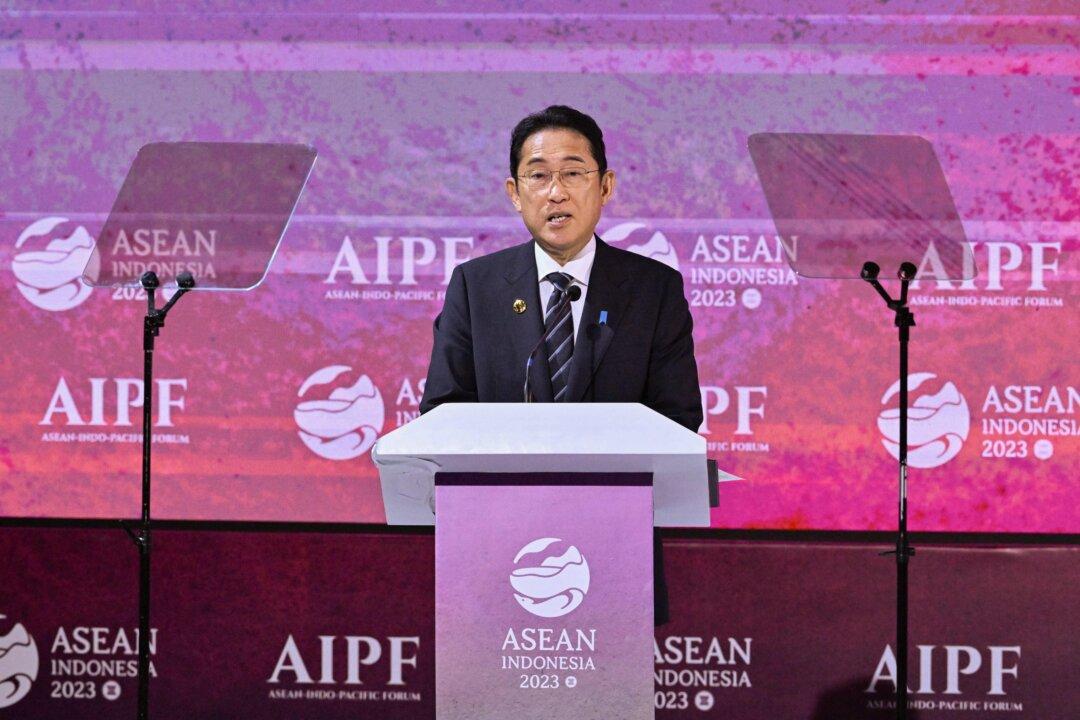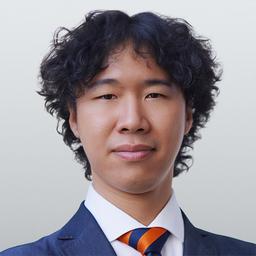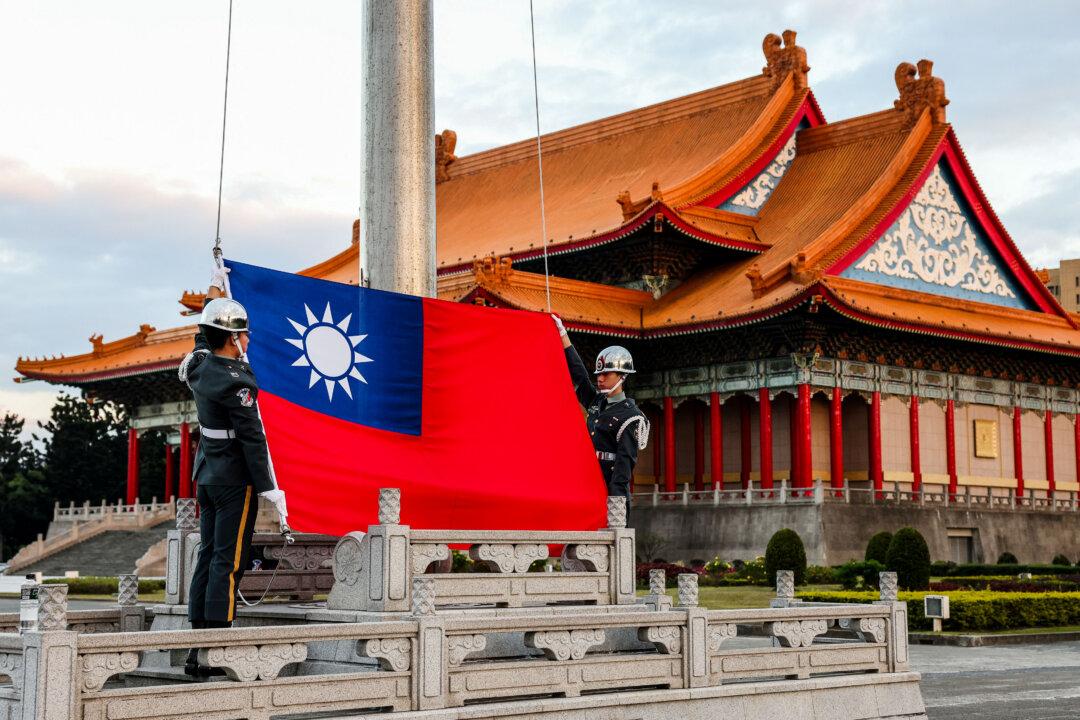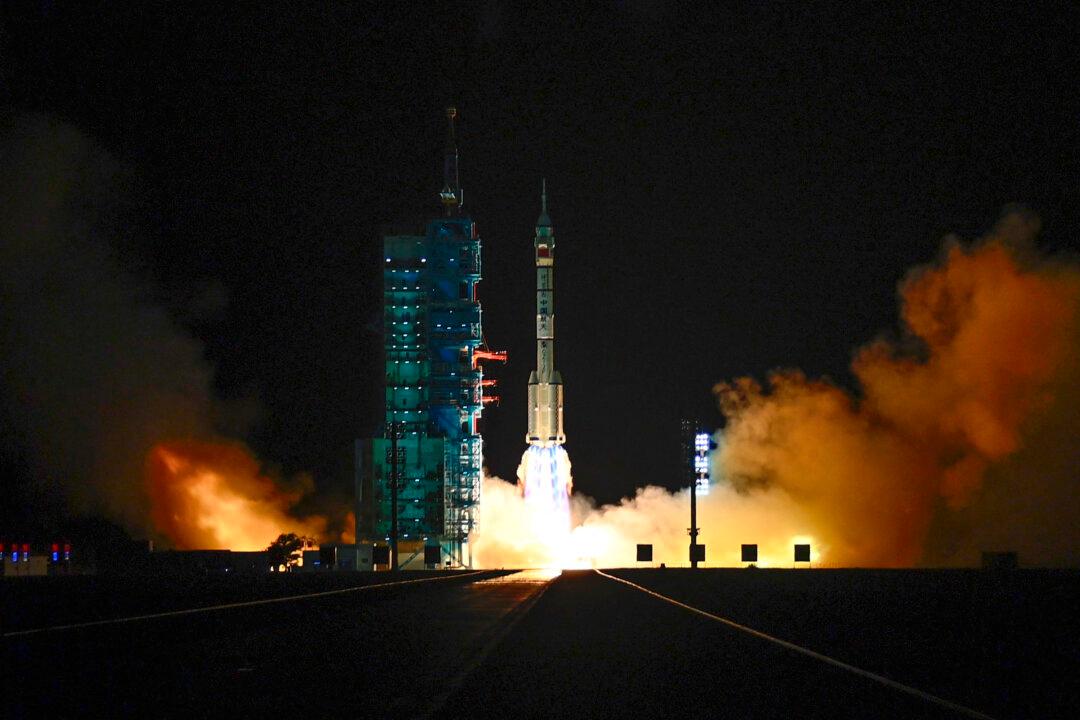Japanese Prime Minister Fumio Kishida recently attended the review ceremony for the Japan Air Self-Defense Force (JASDF). He pledged to increase the defense budget to boost Japan’s defense capabilities. Mr. Kishida referred to the military behaviors of North Korea, China, and Russia as major threats to Japan’s regional security.
On Nov. 11, the JASDF held its annual review ceremony. Mr. Kishida delivered a speech, saying, “The country is in the midst of the harshest and most complex security environment it has faced since the end of World War II.”





